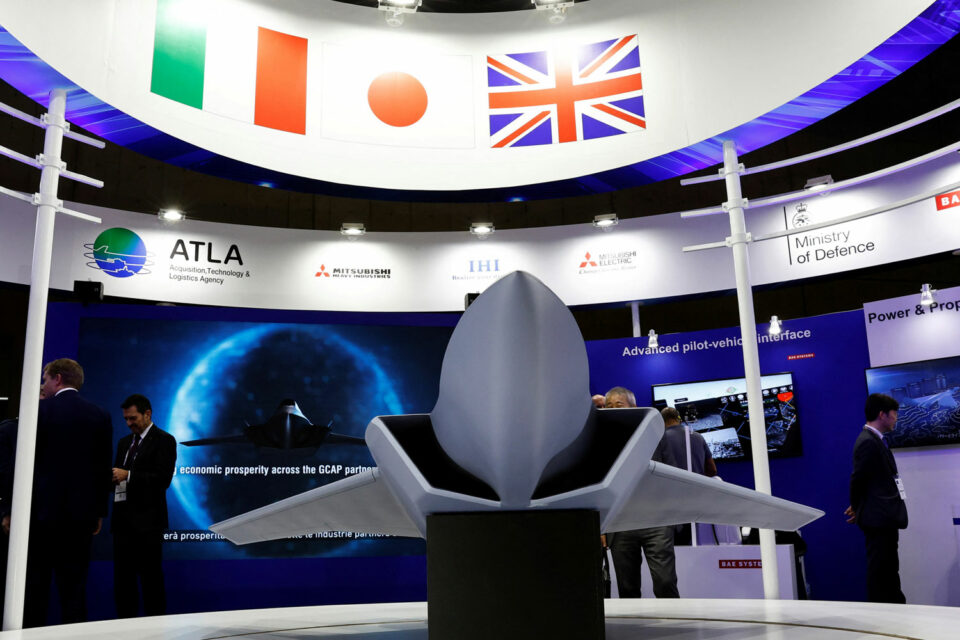The Global Combat Air Program (GCAP) project, which aims to develop a 6th generation fighter, is expected to be led by the United Kingdom and Japan, according to Reuters.
Citing sources, the agency stated that the two countries should account for 40% of society while Italy will have the remaining 20%.
Despite this, the details of the negotiation between the partners are still under discussion, which could change the division of the project. Defense ministers from the three countries will meet on March 16 in Tokyo for the first time since the deal was signed in late 2022.
Follow ADN: Instagram | Twitter | Facebook
BAE Systems (United Kingdom), Mitsubishi Heavy Systems (Japan), Leonardo (Italy) and Rolls-Royce (United Kingdom) are involved in the project, among other partners such as MBDA, which will supply weapons for the new fighter.
The Royal Air Force started designing a 6th generation fighter in 2018 under the “Tempest” project. Soon Italy and Sweden showed interest in discussing possible integrations, but the second ended up leaving the talks.
In parallel, Japan launched the F-X program, seeking to develop an advanced stealth fighter in a profound change in its defense strategy since the end of World War II.
Last year, the United Kingdom, Italy and Japan sought to join forces to facilitate the development of the fighter, which should consume billions of dollars and enter service in the middle of the next decade.

Advanced avionics cooperation
This Wednesday, during an event in Japan, Leonardo UK, Leonardo and Elettronica (Italy) and Mitsubishi Electric signed a cooperation agreement to develop the integrated systems that will be used in the GCAP program.
The project is known as ISANKE & ICS domain (Integrated Sensing and Non-Kinetic Effects & Integrated Communications Systems), responsible for the advanced avionics of the future fighter.
“ISANKE will unlock the potential of sixth generation tactical sensing. It transitions from the traditional combat air model of individual airborne sensors to instead providing a fully integrated sensing, fusion and self-protection capability that draws on a spider’s web of sensing and effecting nodes across each platform,” explained Leonardo in a statement.
The ICS “will allow ISANKE to operate as a network across formations of crewed and uncrewed aircraft, as part of each nations’ wider, multi-domain system-of-systems,” he concluded.

